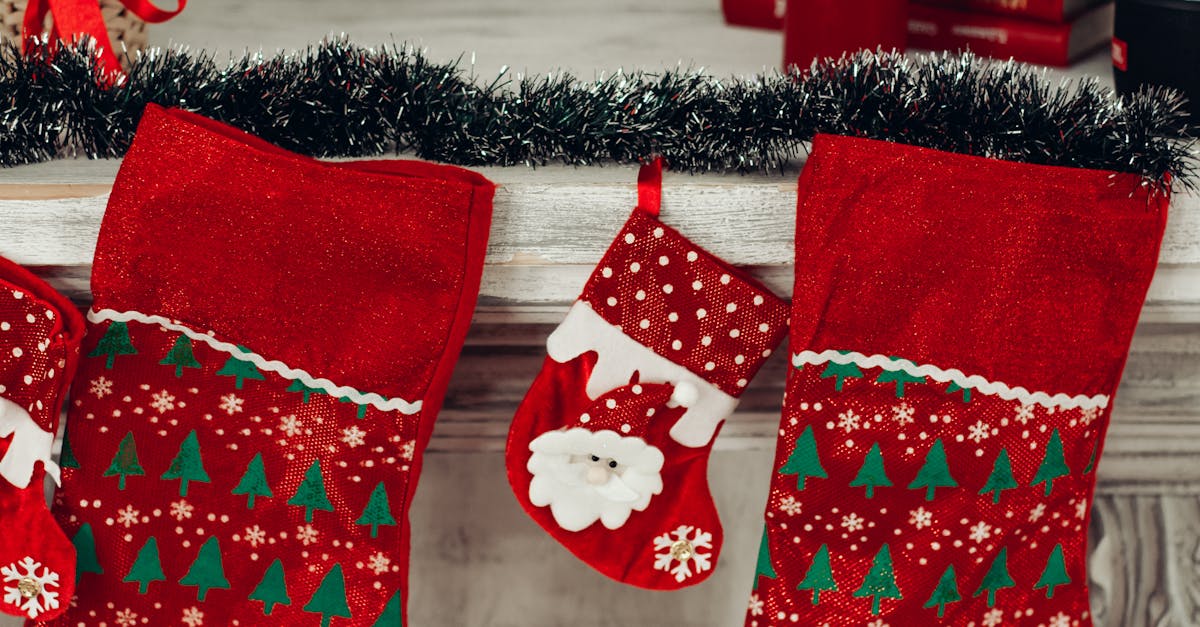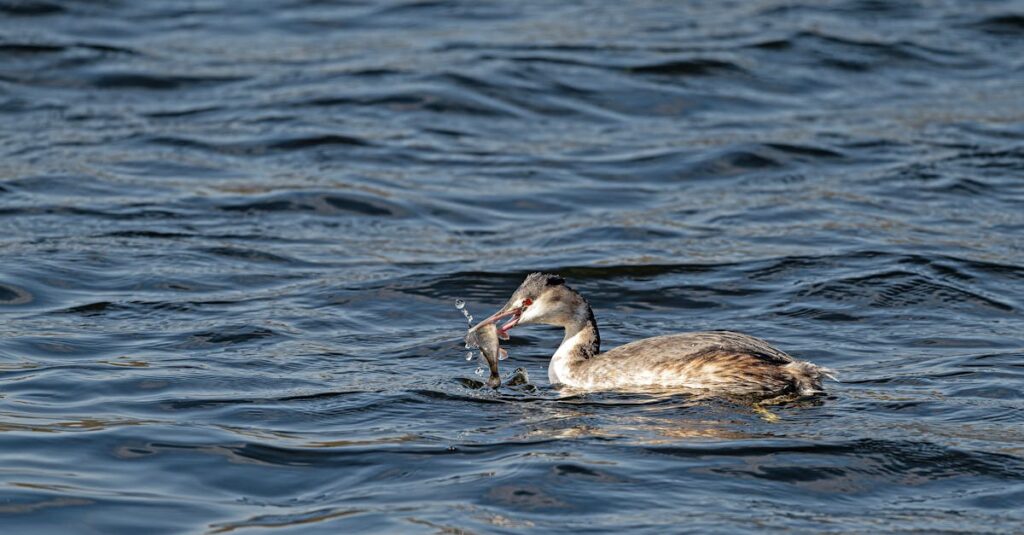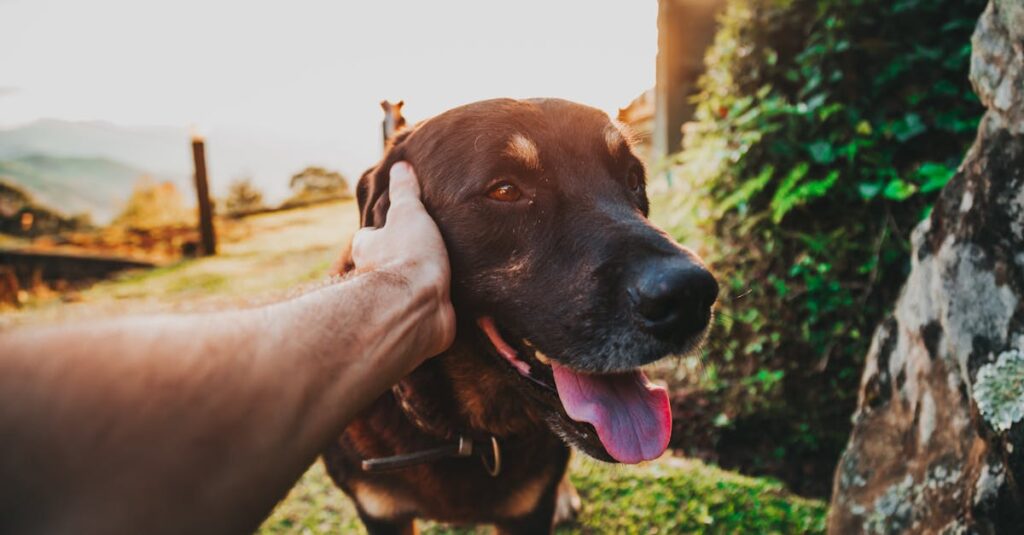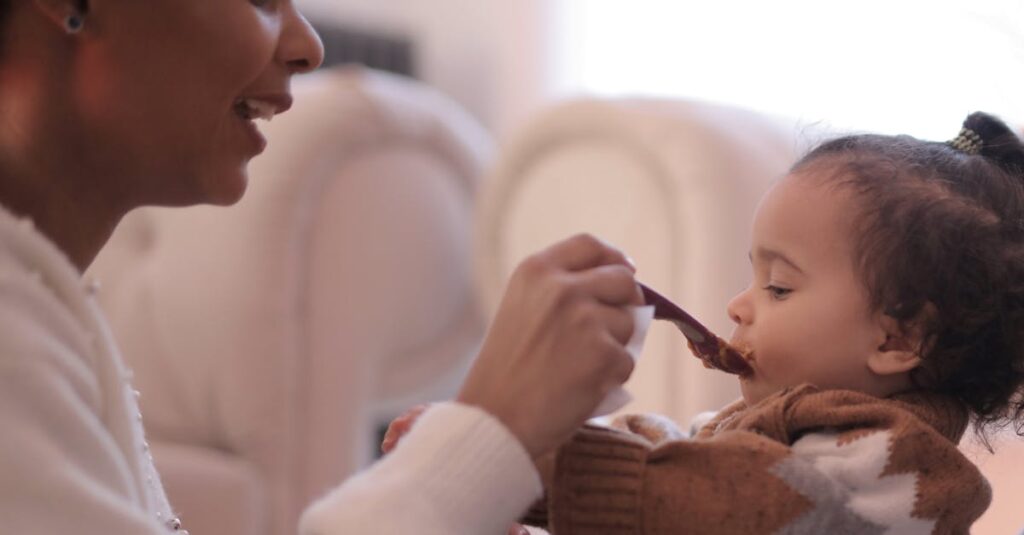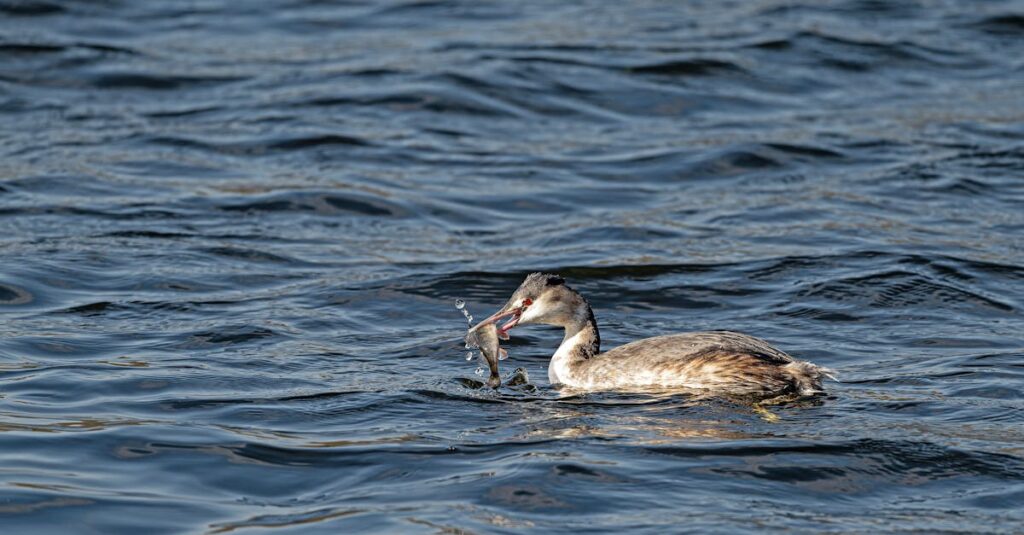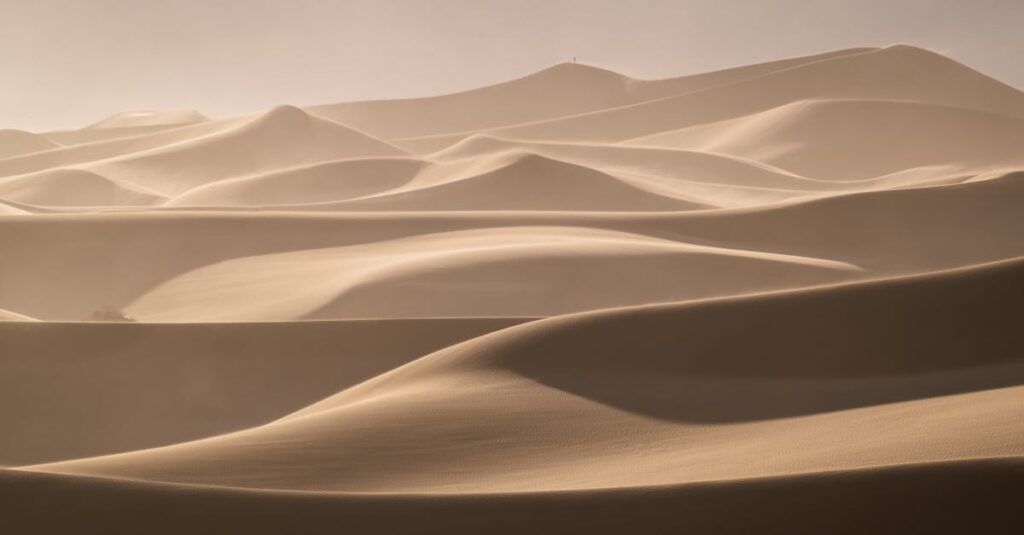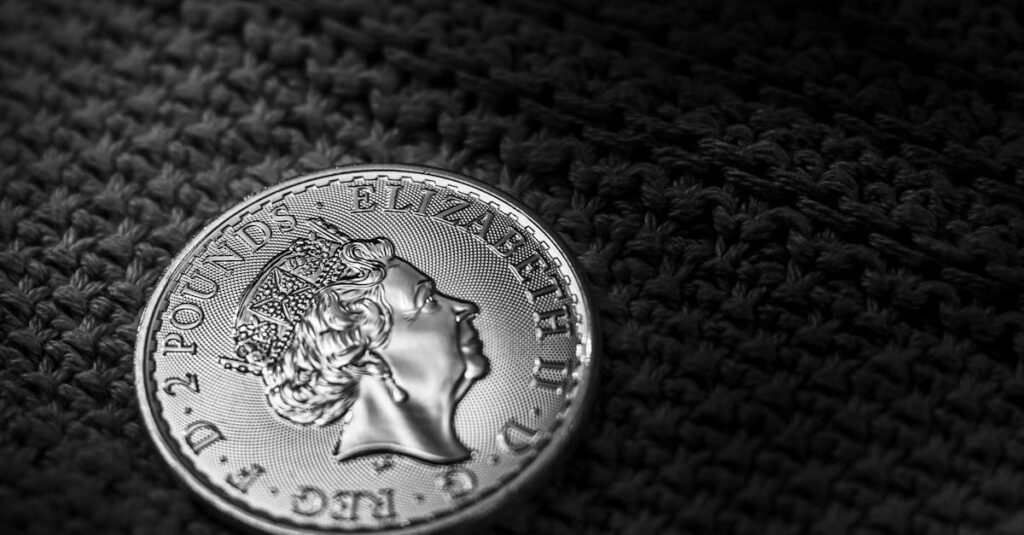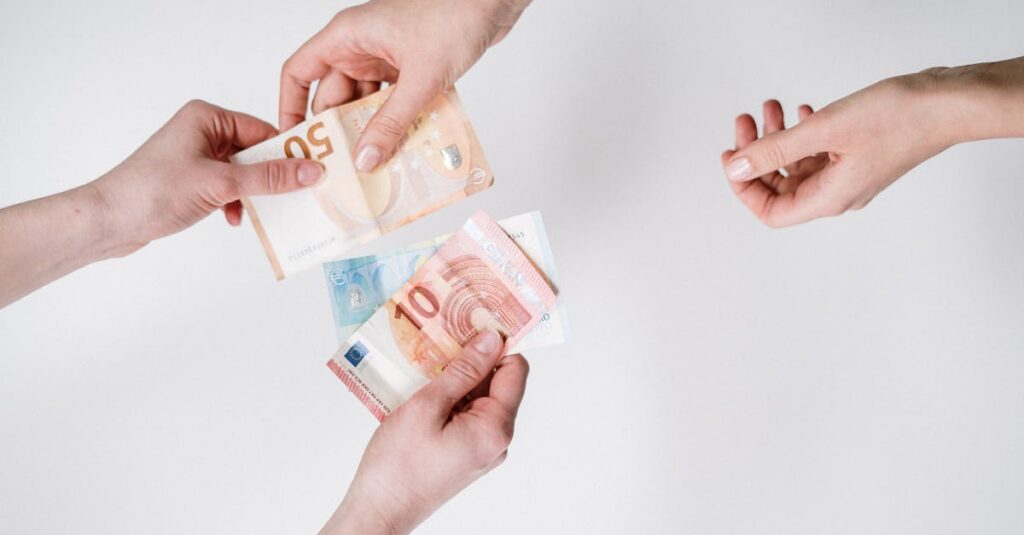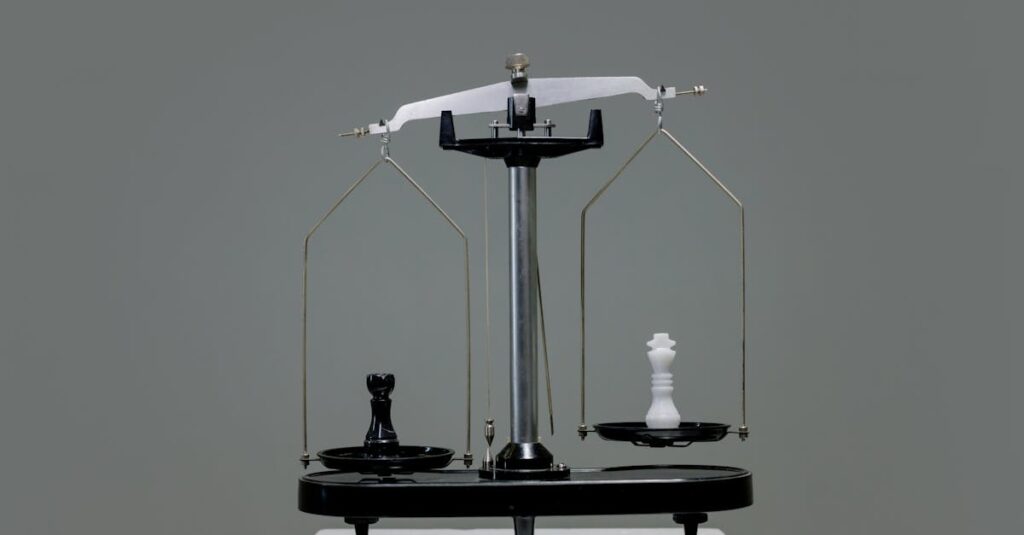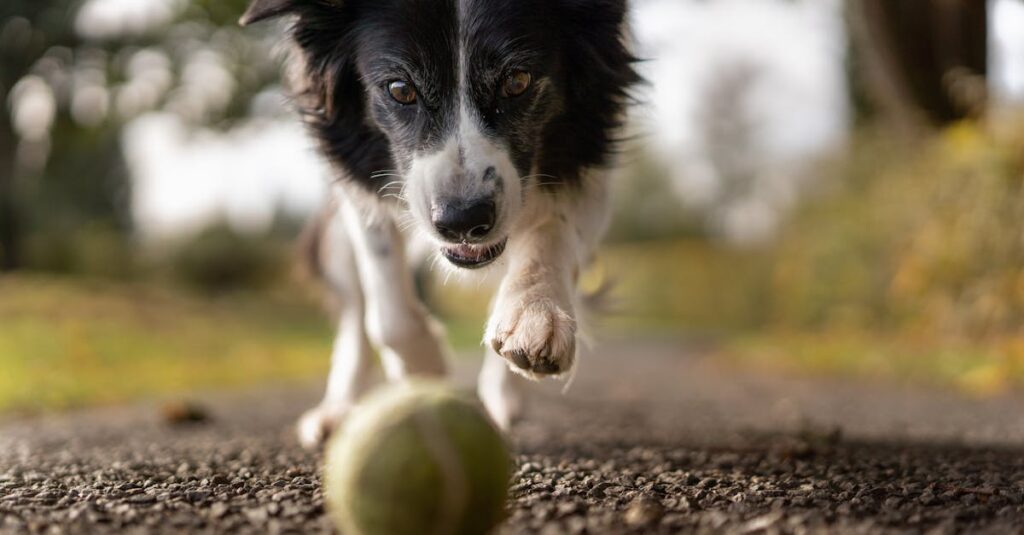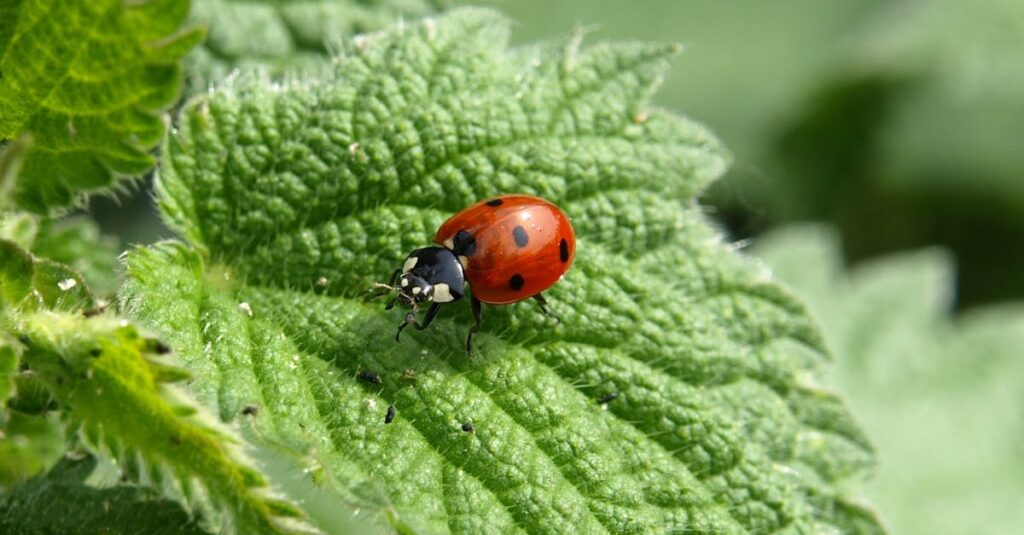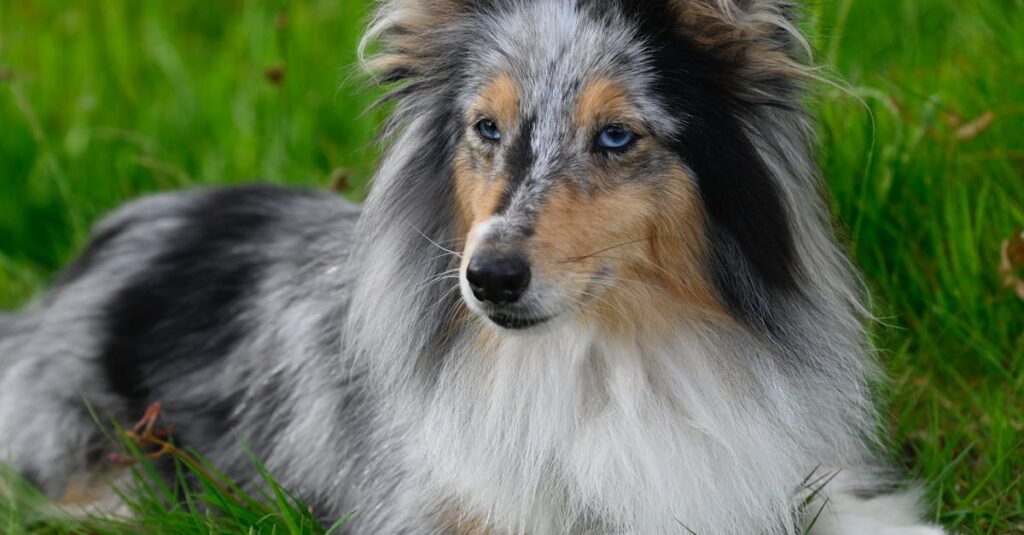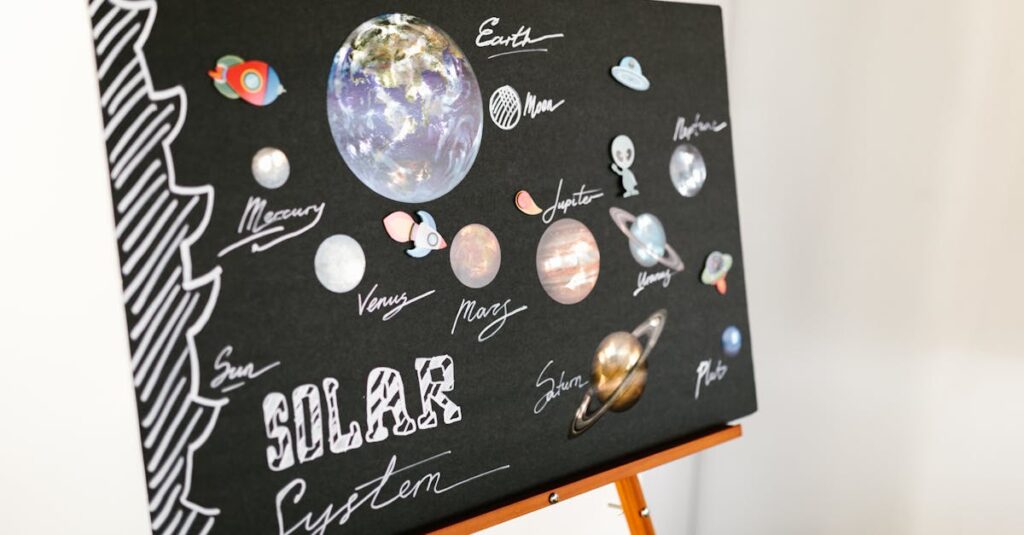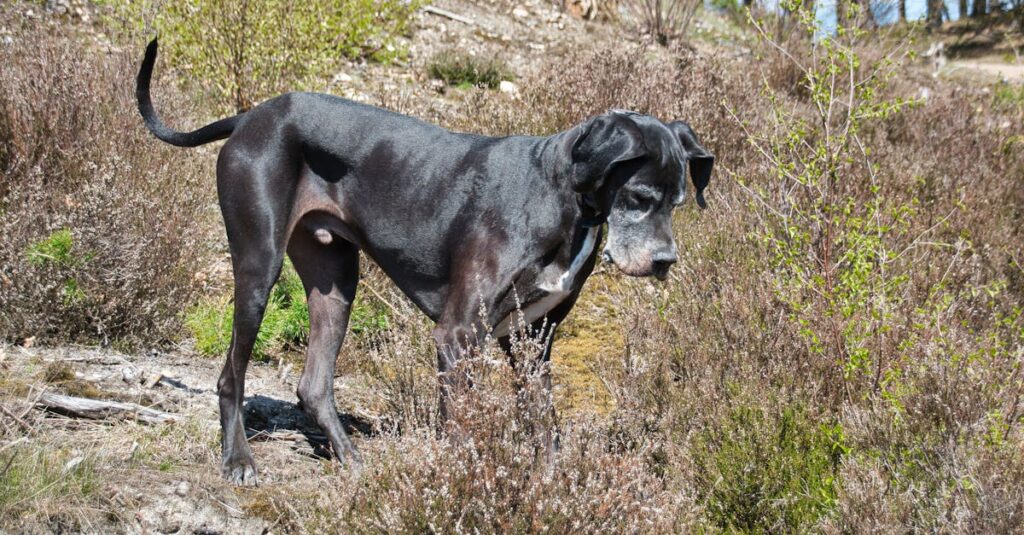Recognizable for their striking black-and-white coat, Mantle Great Danes combine the grandeur of the Mastiff family with a unique color pattern that captivates dog lovers worldwide. These gentle giants, often towering between 25 to 35 inches and weighing up to 175 pounds, balance their imposing stature with a friendly and affectionate temperament that punches well above their size. As one of the official coat variations recognized by major kennel clubs, understanding the Mantle Great Dane’s distinct features, origins, and care requirements offers valuable insight for prospective owners and enthusiasts alike.
What Defines a Mantle Great Dane? Key Characteristics and Appearance
Mantle Great Danes are a distinguished variation of the Great Dane breed, which itself is a member of the Mastiff group known for impressive size and dignified appearance. Unlike solid-coated Great Danes, the mantle pattern is an elegant black and white combination where the dog sports a solid black « blanket » over most of its body, contrasted by white markings on the face, neck, chest, legs, and tail tip.
- 🐾 Coat pattern: Predominantly black body with white on the muzzle, neck (partial or full collar), chest, forelegs, hind legs, and usually a white-tipped black tail.
- 🐾 Size: Adults stand about 25–35 inches tall; males often at the higher end, females usually smaller but still large.
- 🐾 Weight: Typically ranges from 110 to 175 pounds depending on sex and build.
- 🐾 Coat texture: Short, glossy, and smooth, requiring minimal grooming.
This remarkable coloring differentiates Mantle Great Danes from other recognized coat colors such as Harlequin, Blue, Fawn, or Brindle. The white “blanket” on a black base often resembles the coloring of a Boston Terrier, giving rise to historical nicknames like “Boston Great Danes.”
Distinctive Features Recognized by Kennel Clubs
The American Kennel Club (AKC) and several other major registries officially recognize the mantle as one of the standard Great Dane colors. Their breed standards detail precise markings:
- 🖤 Solid black “blanket” covering majority of the body and skull.
- 🤍 White muzzle and blaze between the eyes.
- 🤍 White chest patch and white legs (full or partial).
- 🤍 Tail predominantly black with white tip.
| Feature ⚡ | Mantle Great Dane 🐶 | Standard Great Dane |
|---|---|---|
| Coat Colors 🎨 | Black and white mix, distinct mantle pattern | Varies: solid Black, Blue, Fawn, Brindle, Harlequin, Merle, etc. |
| Markings | White blaze, white collar, legs, chest | Depends on color; usually solid or patterned |
| Size | 25–35 inches tall, 110–175 lbs | Varies but similar across colors |
| Recognition by AKC | Yes, official standard color | Yes, for all recognized colors |
Variants of the Mantle Pattern and Mismarked Coats Explained
While the classic black-and-white mantle is the standard form, sometimes you’ll hear about “blue mantle,” “merle mantle,” or “fawn mantle” Great Danes. These variations show mismarked patterns:
- 🔵 Blue Mantle: A steel-gray coat with white mantle markings, but not recognized as standard mantle.
- 🌫 Merle Mantle: Light gray base with black patches, resembling the merle pattern but with mantle influences.
- 🟤 Fawn Mantle: Brownish base color with white mantle marks, similar but not true mantle.
Though registered by organizations like the AKC, these mismarked colorations cannot compete in conformation shows due to deviation from the standard mantle description. They’re often the result of crosses between mantle and harlequin Great Danes.
Breeding Insights: How Mantle Great Danes Are Created
Breeders typically produce mantle Great Danes by mating two mantles or crossing a mantle with a harlequin. Interestingly, breeding two harlequins often results in more mantle-colored puppies than additional harlequins. This genetic interplay governs the stunning black-and-white contrasts that make mantles stand out.
- 🐕🦺 Mate mantle × mantle = higher chance of mantle puppies.
- 🎲 Mate mantle × harlequin = diverse patterns including mantles.
- 🔬 Genetic testing recommended to manage breeding outcomes responsibly.
Temperament and Health Considerations for Mantle Great Danes
Mantle Great Danes share the gentle temperament characteristic of all Great Danes, making them perfect companions despite their imposing Mastiff heritage. Their friendly, loyal, and playful nature suits families, but their size demands early and consistent obedience training.
- ❤️ Temperament: Gentle, affectionate, social, and good with children and other pets.
- 🐾 Exercise needs: Moderate daily walks and play to promote healthy joints.
- 🧠 Training: Early socialization and obedience critical to manage size and energy.
- 🧼 Grooming: Short coat is easy to maintain, but mantle Great Danes drool significantly and require regular clean-up.
Regarding health, their giant stature linked to the Mastiff lineage comes with a known set of vulnerabilities:
| Common Health Issue 🏥 | Description | Preventive Measures 🛡️ |
|---|---|---|
| Hip Dysplasia 🦴 | Abnormal hip socket causing arthritis and mobility problems. | Maintain appropriate weight, regular vet checks, joint supplements. |
| Bloat (GDV) 💨 | Life-threatening gas buildup and stomach twisting common in deep-chested breeds. | Feed small portions, avoid rapid eating, immediate vet care if suspected. |
| Osteosarcoma 🎗️ | Bone cancer prevalent in giant dogs over 80 lbs. | Routine vet visits and monitoring for limping or pain. |
| Dilated Cardiomyopathy ❤️ | Heart enlargement leading to diminished pumping efficiency. | Regular cardiac screenings, balanced exercise. |
| Panosteitis 🔄 | Inflammation of long bones affecting puppies. | Manage exercise load and vet supervision during growth. |
Costs and Where to Find Mantle Great Dane Puppies
Expect the investment in a mantle Great Dane puppy from a reputable breeder to be approximately $1,500 to $3,000, comparable to other Great Dane colors. Prices depend on pedigree, location, and individual breeder reputations.
- 🛍 Buy from:
- ✅ Great Dane Club of America (GDCA) breeder directory
- ✅ AKC Marketplace breeders nationwide
- ✅ Rescue organizations listed by GDCA for adopting Great Danes
- ✅ Specialty breeders like Rose Great Danes in Colorado or Sunny Farm Danes in Michigan
- 💡 Consider adoption for those open to rescuing a Mantle or similar Great Dane type.
- 💰 Remember ongoing costs including food (consider Royal Canin, Purina, Pedigree), toys (Zuke’s, BarkBox), grooming, and medical care.
FAQs About Mantle Great Danes 🐕❓
- 🐕🦺 Do Mantle Great Danes shed a lot?
They have short hair and shed minimally throughout the year, especially in spring. Weekly brushing helps maintain their glossy coat and controls loose fur. - 🐕🦺 How many Great Dane coat colors are recognized?
The AKC currently recognizes nine primary colors for Great Danes, including Black, Blue, Brindle, Fawn, Harlequin, Mantle, Merle, White, and Black & White combinations. - 🐕🦺 Are Mantle Great Danes rare?
No, mantle color is an official standard and fairly common in Great Dane breeding, though every mantle pattern is unique. - 🐕🦺 What health issues should I watch for in Mantle Great Danes?
Typical giant breed health concerns such as hip dysplasia, bloat, osteosarcoma, and heart conditions require regular veterinary monitoring. - 🐕🦺 How do Mantle and Black Great Danes differ?
The main difference is coat color: Mantles have a black-and-white pattern with distinctive markings, whereas Black Great Danes have a solid jet-black coat with no other markings.

